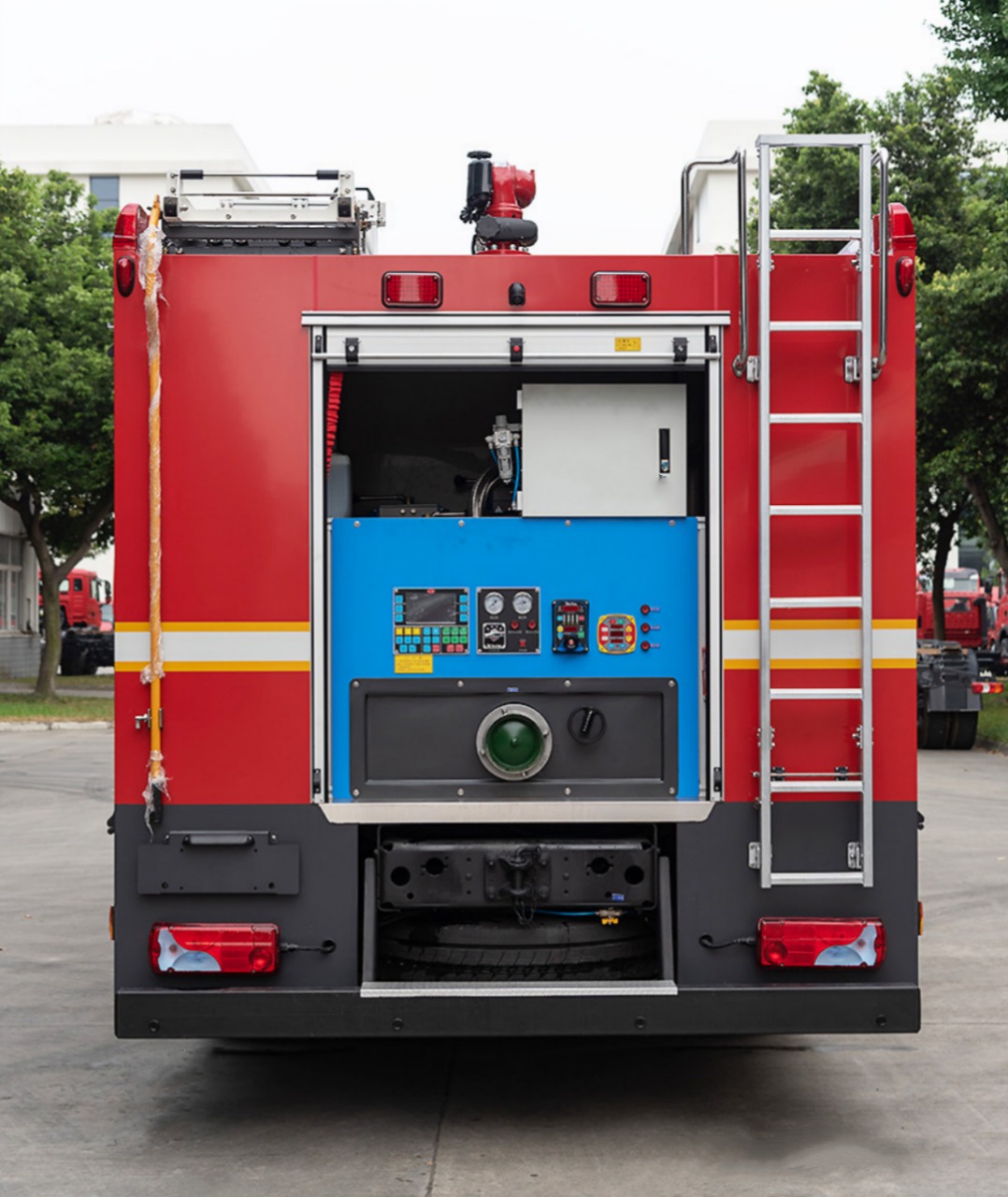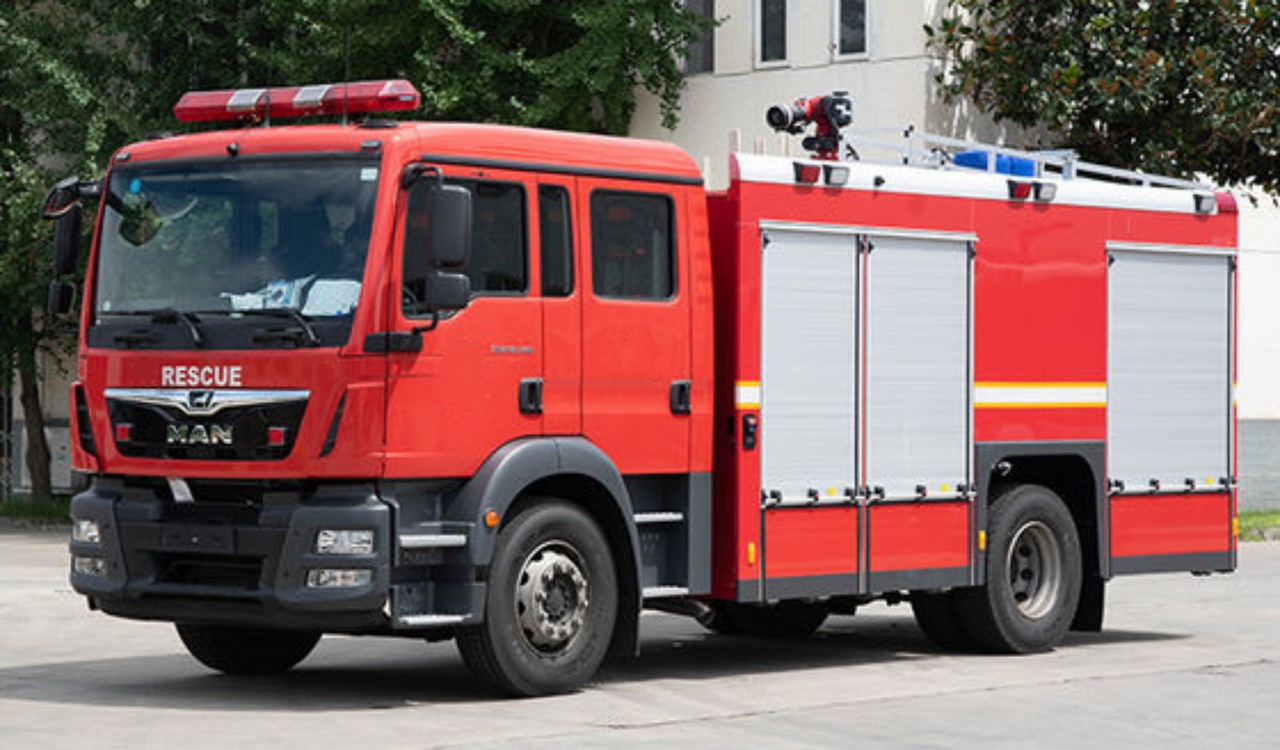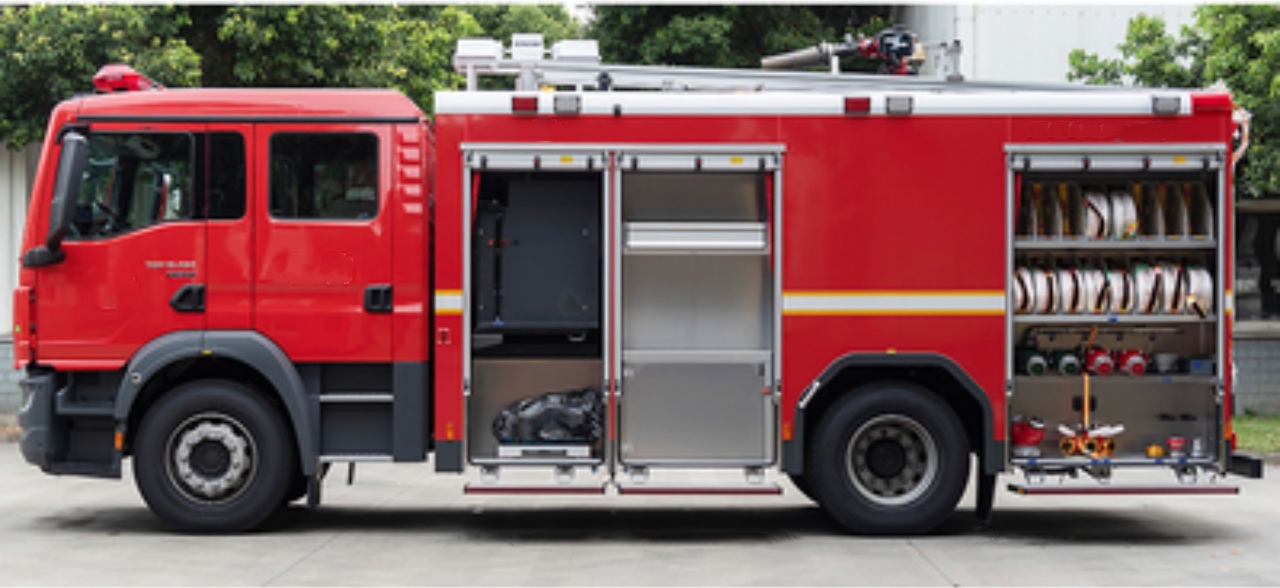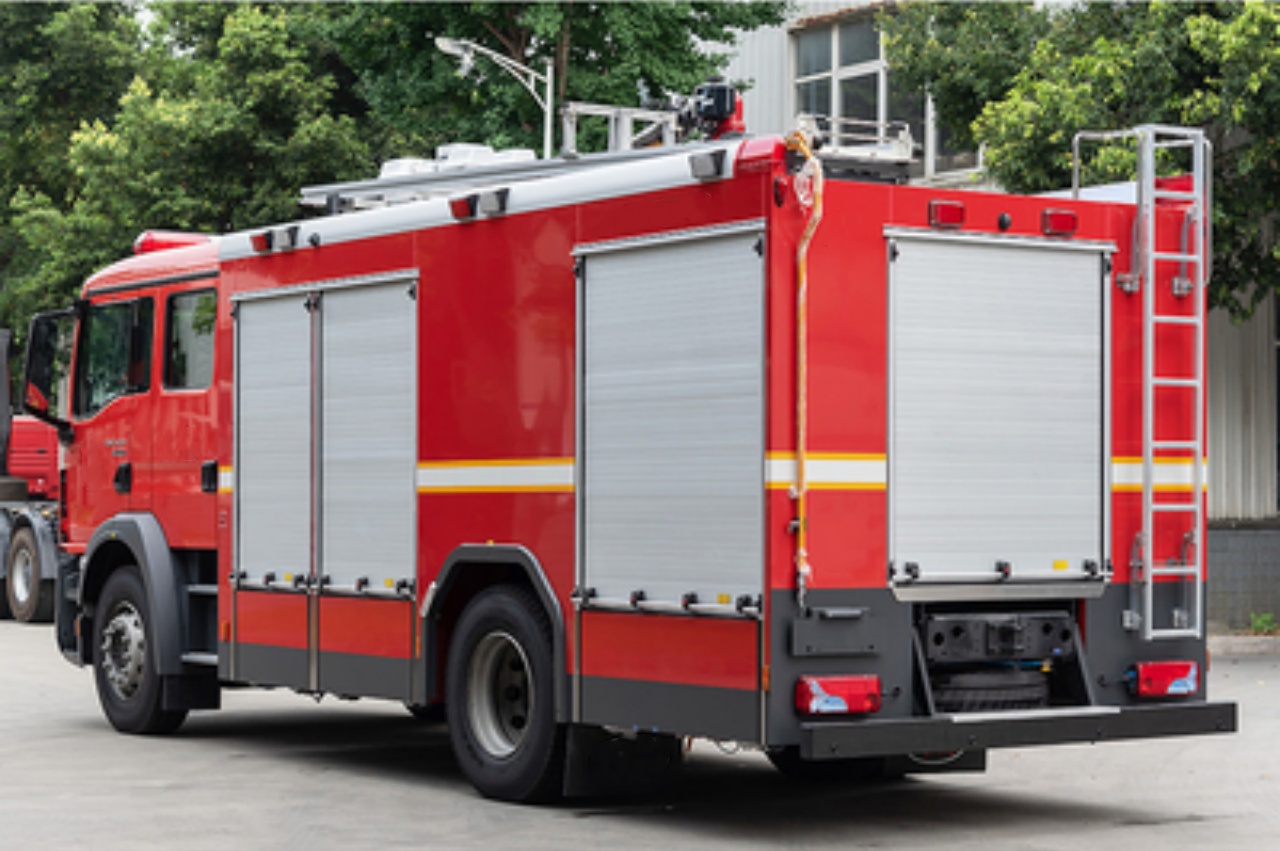In the realm of firefighting and emergency response, a fire tender is an essential and versatile vehicle. Also known as a fire engine, fire truck, or water tender, this apparatus is specially designed to support firefighting operations by transporting firefighters, equipment, and water to the scene of a fire or other emergencies. But what exactly does the term “fire tender” mean, and what roles does it fulfill? This article delves into the definition, functions, types, and significance of fire tenders in modern firefighting operations.
Definition of Fire Tender
A fire tender is a motorized vehicle designed to assist in firefighting efforts. It carries water, hoses, tools, and equipment needed to combat fires. The term “tender” in this context generally refers to a vehicle that supports a fire engine, either by carrying additional water (in the case of a water tender) or providing specialized equipment. While many people commonly refer to all firefighting vehicles as fire trucks or engines, the term “tender” specifically denotes a support role, often emphasizing the vehicle’s ability to transport water or other fire-suppressing agents.
Core Functions of a Fire Tender
A fire tender’s primary role is to deliver water and equipment to the fire scene. Its importance lies in its versatility and support capacity. The key functions include:
- Water Transport: Many fire tenders, especially in rural or suburban areas without a reliable hydrant system, are equipped with large water tanks. These water tenders can carry thousands of liters of water to supply fire engines or directly attack the fire using onboard hoses and pumps.
- Equipment Delivery: Fire tenders are loaded with tools like axes, ladders, breathing apparatuses, fire extinguishers, rescue gear, and thermal imaging cameras. They are essentially mobile toolboxes for firefighters.
- Crew Transport: Fire tenders also carry firefighting personnel to the emergency scene. Depending on the size of the vehicle, it can accommodate a crew of 4 to 10 individuals.
- Pump Operations: Some fire tenders are equipped with high-capacity pumps, enabling them to draw water from lakes, rivers, or hydrants and distribute it through hoses to the fire.
- Support and Logistics: In large-scale emergencies, specialized fire tenders may provide lighting, communication equipment, or serve as command centers.
Types of Fire Tenders
Fire tenders come in various forms, depending on their specific tasks and the environments in which they operate. Common types include:
- Water Tender (Tanker): These carry large volumes of water (from 1,000 to 4,000 gallons) and are critical in areas lacking hydrant infrastructure.
- Pump Tender: Equipped with a water pump and hose reels, these vehicles are used to suppress fires directly. They may have smaller water tanks than tankers, but they are crucial for immediate action.
- Foam Tender: Designed to fight fires involving flammable liquids (like oil or gasoline), foam tenders carry foam concentrate, which is mixed with water to create a fire-suppressing foam.
- Ladder Tender (Aerial Truck): These feature extendable ladders or platforms to reach high-rise buildings. They are essential for rescue operations and accessing difficult-to-reach fire spots.
- Rescue Tender: Although not primarily for firefighting, these are equipped with tools for extrication and rescue operations, often seen at accident scenes.
- Hazmat Tender: These carry specialized gear to handle hazardous materials (chemical, biological, radioactive incidents) safely.
Equipment Found on a Fire Tender
Fire tenders carry a vast array of equipment to deal with various scenarios. This includes:
- Fire hoses and nozzles for directing water or foam
- Pumps to pressurize water streams
- Ladders, including extension and roof ladders
- Breathing apparatus for smoke-filled environments
- Thermal imaging cameras to locate people or hotspots
- Axes, crowbars, and saws for forcible entry
- Rescue gear, such as hydraulic cutters and spreaders (e.g., “Jaws of Life”)
- Lighting equipment for nighttime operations
- First aid and medical kits
The exact inventory may vary depending on the fire department’s specialization, geographic location, and the anticipated nature of emergencies.
The Importance of Fire Tenders
Fire tenders are the backbone of any firefighting operation. Their importance can be summarized through their contribution to:
- Rapid Response: They enable quick transportation of both personnel and equipment to emergency sites.
- Fire Suppression: With water and pump capabilities, tenders often serve as the first line of defense against spreading fires.
- Rescue Operations: Whether rescuing individuals from burning buildings, trapped vehicles, or hazardous situations, tenders provide critical access and equipment.
- Logistical Support: Larger incidents require sustained firefighting efforts, which demand a constant supply of water, equipment, and coordination roles that fire tenders fulfill effectively.
- Versatility: Fire tenders can be adapted to various terrains, including urban settings, remote countryside, forests (wildland tenders), and even airports.
Global Variations and Terminology
The term “fire tender” is more commonly used in countries like the United Kingdom, India, and other Commonwealth nations. In the United States, the terminology shifts slightly, with “fire engine” typically referring to the primary pump vehicle, while “tanker” or “water tender” denotes water carriers.
Despite regional terminology differences, the essential functions remain the same. Fire tenders across the world share the goal of enhancing fire suppression capabilities and supporting emergency response efforts.
Conclusion
A fire tender is more than just a vehicle—it’s a lifeline during emergencies. It embodies the synergy between technology, logistics, and human effort required to combat fires and save lives. Whether carrying water, delivering equipment, or supporting rescue missions, fire tenders are indispensable to firefighting forces worldwide.
As technology evolves and cities grow, fire tenders continue to adapt, integrating features like GPS, automated pump controls, hybrid drivetrains, and even AI-assisted fire management systems. But at its core, the fire tender remains a symbol of protection, resilience, and readiness—a critical asset in the ongoing battle against fire and disaster.











